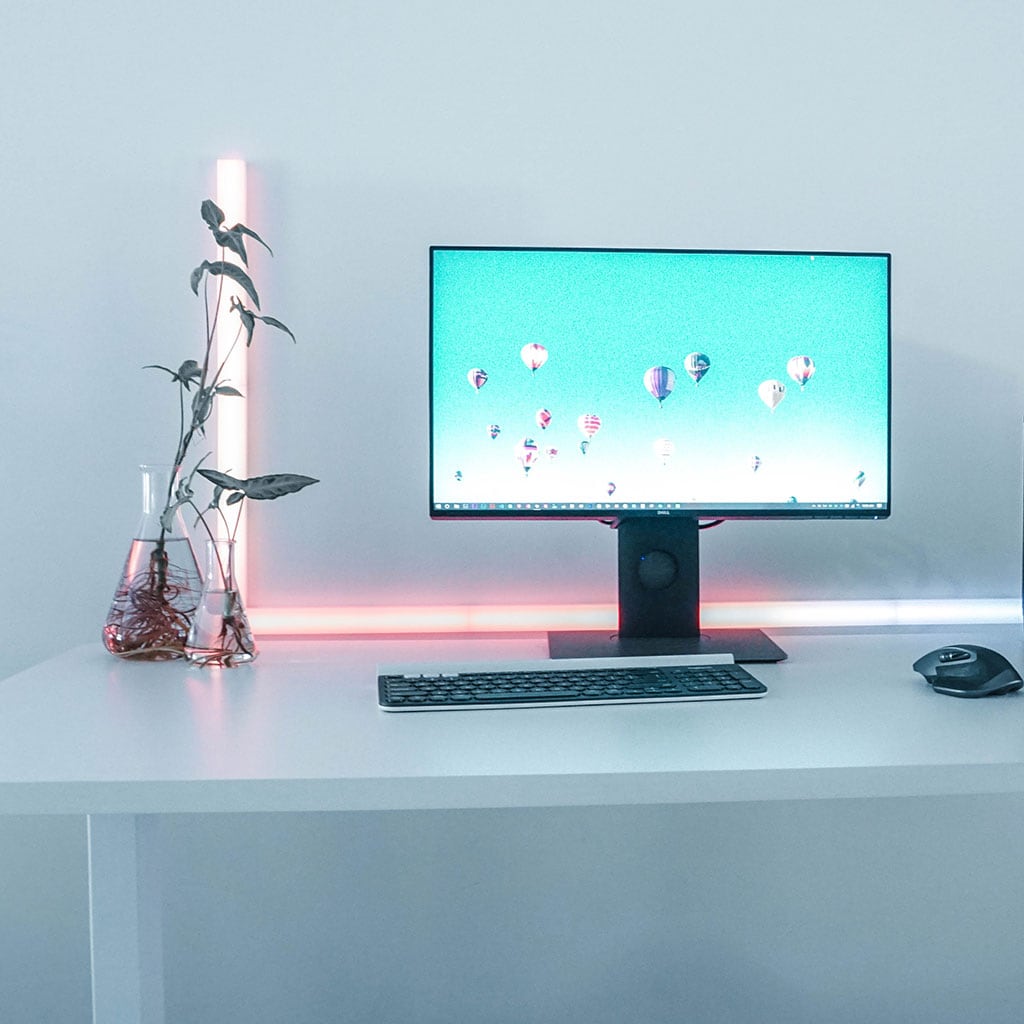Why is an iMac so Much More Expensive than a Windows PC?
Why is an iMac so Much More Expensive than a Windows PC?
The Mac vs. Windows debate has been ongoing for years, with many factors to consider when choosing a personal computer that best meets your needs. While both offer their own advantages and disadvantages, one of the biggest differences between the two is cost: an iMac is often much more expensive than a comparable Windows PC. This article will explore what causes this disparity in pricing and why you may be paying more for an iMac compared to a Windows PC.
Save money on iMacs
When it comes to purchasing computing hardware, there are many things to think about. Firstly, it pays to opt for a device that offers the best value over the long term. While you might have to pay more upfront, it can ultimately save you money in terms of both maintenance and energy costs as newer technologies become available. Furthermore, your purchase is less likely to become inefficient or obsolete soon after buying due to advancements overtaking outdated models before you’ve had time to get full usage out of them.
When it comes to buying an iMac, look no further than Apple for quality desktop technology. Before you make your decision though take into consideration the cost of each component of the device as some may seem expensive but offer better quality and will last much longer than those available at lower costs such as ram, processor speed etc. Also consider how powerful you need your Mac to be; more expensive Macs tend to have faster processors and other robust features which will benefit intensive users such as gamers or video editors who require a reliable frame-per-second rate from their machines. By taking these things into consideration when making a purchase, you can ensure that your choice is both cost effective and comfortable for what you wish it do achieve on an everyday.
Are iMacs worth the cost?
The debate of whether iMacs are cost effective has been ongoing for some time. The answer to this question requires an individual assessment of each user’s needs and budget. To begin, we must look at the capabilities and costs of both Windows and Mac computers. This comparison includes a Windows PC with an Intel Core i5-8400 2.8GHz 8GB DDR4 256GB SSD 19.5″ HD+ Non-Touch Windows 10 Pro and a Mac Mini M1 Chip8 Core CPU256GB SSD last Mac OS. Both these systems offer impressive performance, but the Mac Mini outshines its PC counterpart when it comes to graphics and gaming power. Additionally, the close delivery of software updates on the Mac platform provides users with peace of mind when it comes to system security and efficiency. Furthermore, let’s not forget about one of the key components in determining cost effectiveness – price! While some may argue that the Apple hardware is expensive initially than comparable Windows PCs, simply look at how much more efficiently these machines run over a period of five years instead! Ultimately, the cost effectiveness of an iMac depends on your needs as well as your budget, but considering the long-term value through its efficiency and reliability makes this system long-term investment.
What is the reason for the higher price of an iMac compared to a Windows PC?
The price difference between an iMac and a Windows PC can be attributed to several factors:
Premium Build Quality: iMacs are known for their premium build quality and attention to detail. Apple invests in high-quality materials, precision engineering, and aesthetic sleek design, which contribute to the higher cost of manufacturing. The sleek aluminum enclosures, thin form factor, and overall craftsmanship of iMacs add to their premium appeal and justify the higher price.
Integration of Hardware and Software: Apple controls both the hardware and software aspects of iMacs. This integration ensures a seamless user experience and optimized performance. Designing macOS specifically for Apple’s hardware allows for better efficiency and stability. This level of integration requires additional research and development costs, which are reflected in the pricing of iMacs.
Unique Features and Technologies: iMacs often incorporate unique features and technologies that set them apart from traditional Windows PCs. For example, iMacs may feature high-resolution Retina displays, which offer exceptional image quality and color accuracy. Apple’s proprietary powerful processors, such as the M1 chip, provide impressive performance and power efficiency. These exclusive extra features and technologies contribute to the higher price point of iMacs.
Brand Value and Perception: Apple has built a strong brand reputation for delivering innovative and high-quality products. The Apple brand is associated with premium experiences, exceptional customer support, and a loyal user base. The perceived value of owning an iMac and being part of the Apple ecosystem contributes to the higher price compared to Windows PCs.
Limited Hardware Options: While Windows PCs offer a wide range of hardware options from various manufacturers, iMacs have a more limited selection. Apple tightly controls the hardware configurations available for iMacs, ensuring consistency and optimizing the user experience. This limited choice may result in higher prices for specific configurations that align with Apple’s design philosophy and performance standards.
Software and Ecosystem: macOS provides a unique operating system experience with a range of first-party applications and seamless integration with other Apple devices. The curated software ecosystem and exclusive apps optimized for macOS contribute to the higher price of iMacs, as these factors enhance the overall value and user experience.
Conclusion
In conclusion, an iMac is more expensive than a Windows PC due to its premium build quality, integration of hardware and software, unique features and technologies, brand value and perception, limited hardware options, and software and ecosystem. These factors all come together to create a powerful device that offers users an optimized performance and experience.





You must be logged in to post a comment.